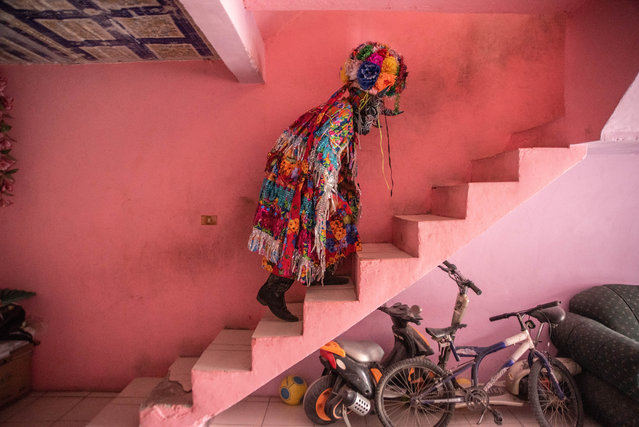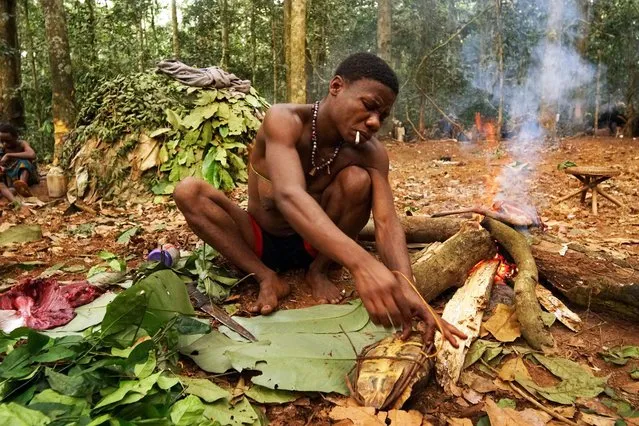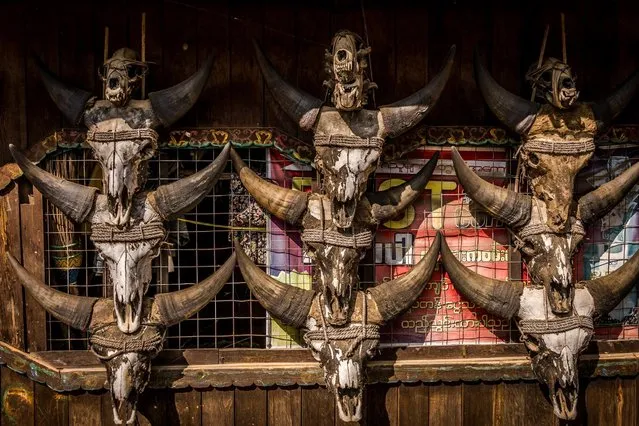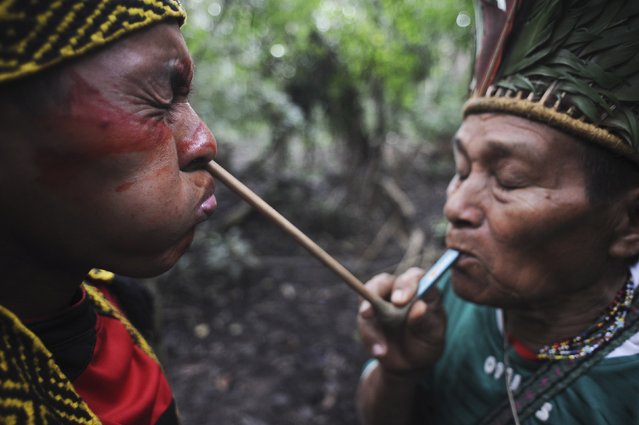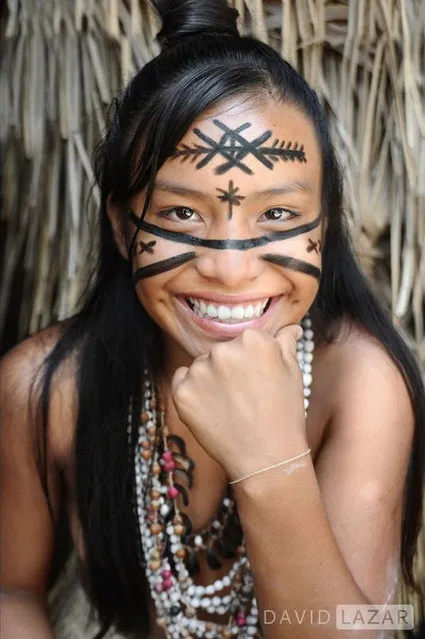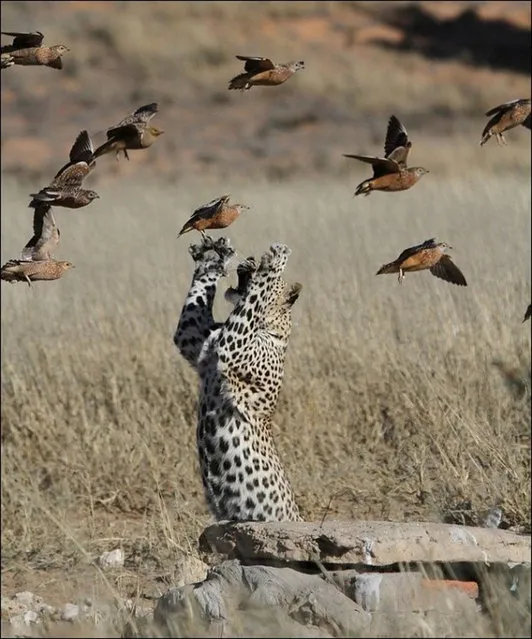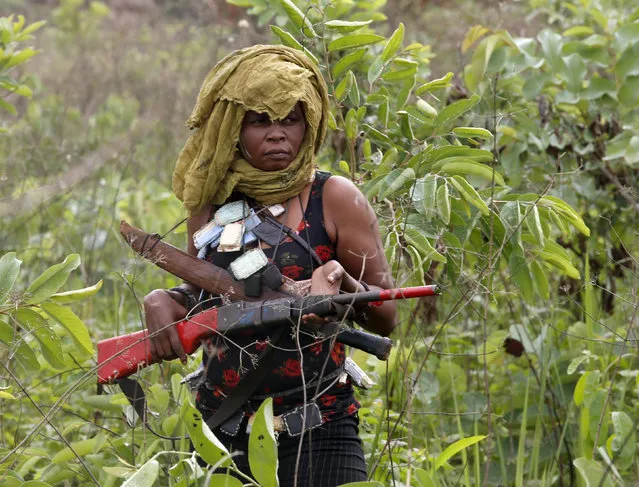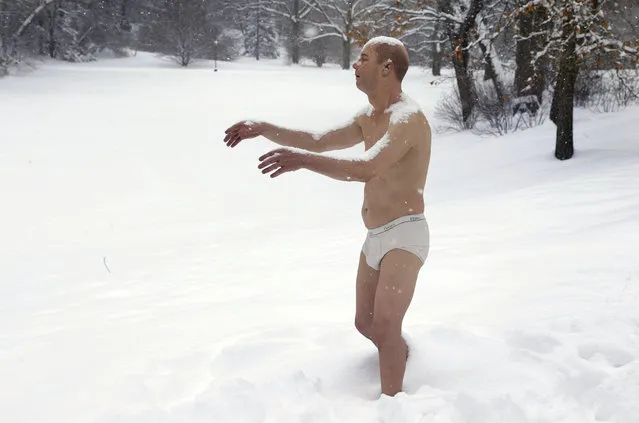
A statue of a man sleepwalking in his underpants is surrounded by snow on the campus of Wellesley College, in Wellesley, Mass., Wednesday, February 5, 2014. The sculpture entitled “Sleepwalker” is part of an exhibit by sculptor Tony Matelli at the college's Davis Museum. (Photo by Steven Senne/AP Photo)
07 Feb 2014 07:09:00,post received
0 comments

